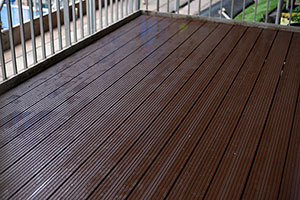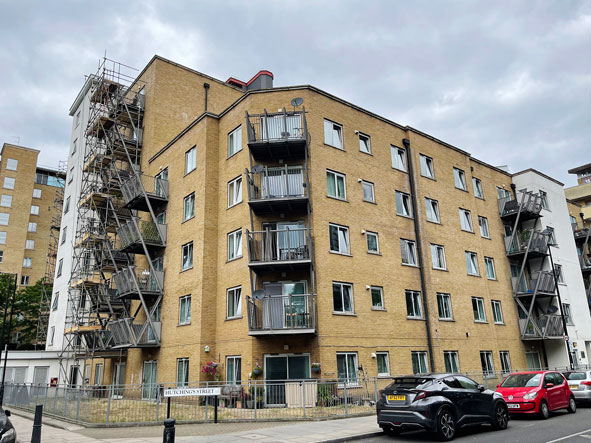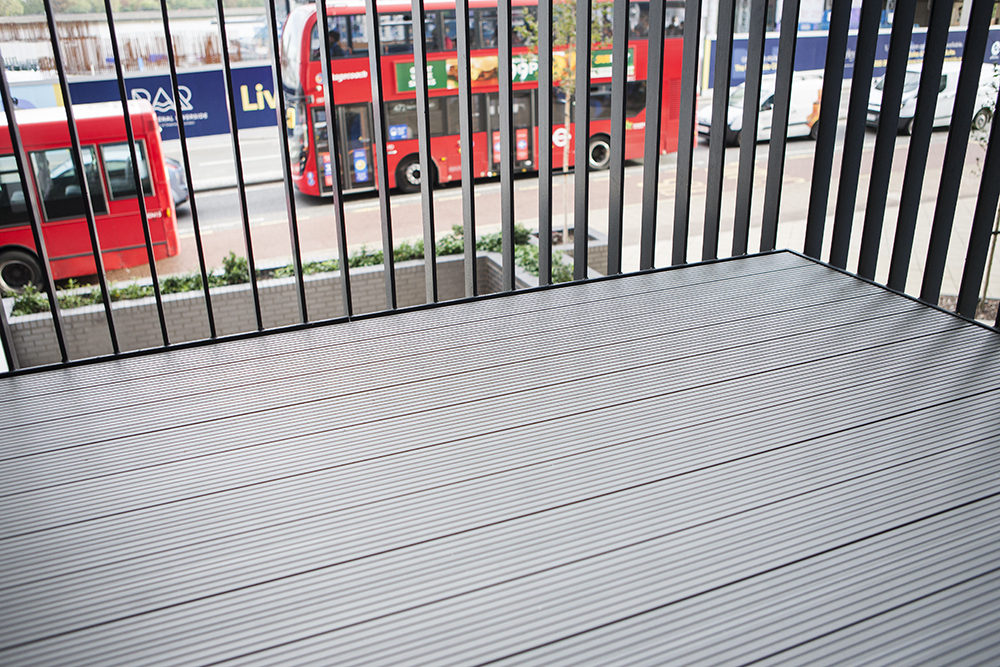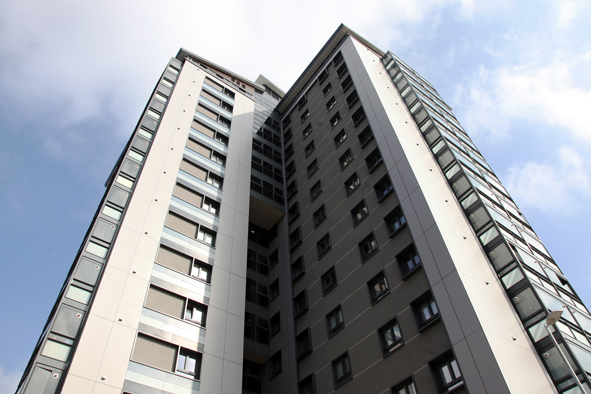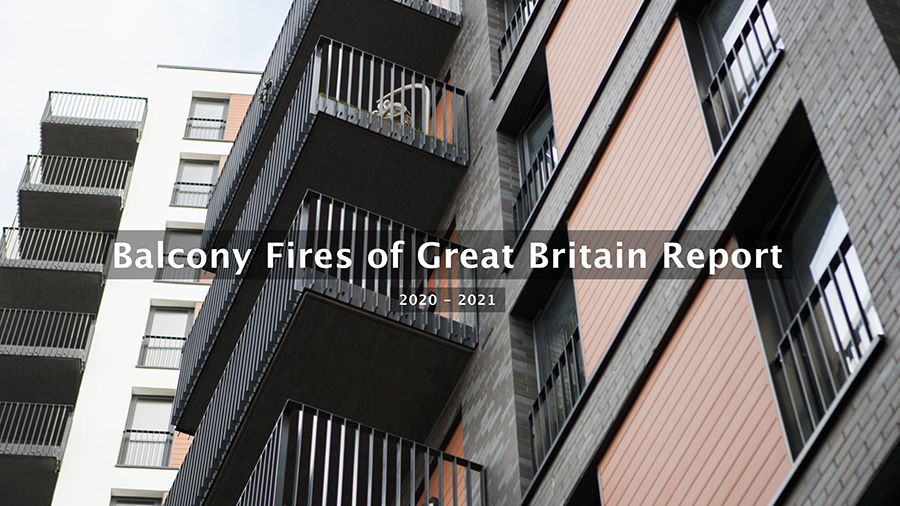Balconies, roof terraces & walkways – understanding the difference can lead to significant savings, as well as keeping your tenants safe
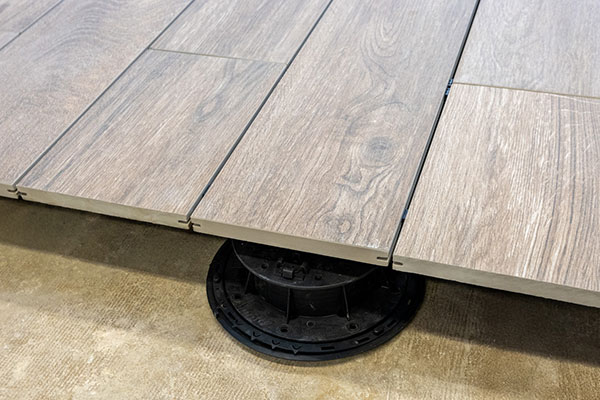
In the wake of the Grenfell Tower tragedy in 2017, stringent regulations have been put in place to ensure the safety of outdoor areas, particularly in relation to fire.
While the requirement for the use of non-combustible components on specified attachments such as balconies is clear and unequivocal, areas that fall in the category of flat roof systems represent a different challenge.
Unlike balconies, the requirements for roof systems leave room for interpretation that can potentially lead to the installation of non-compliant build-ups. To avoid falling on the wrong side of compliance, specifiers often resort to non-combustible options which can have a negative impact on their budget.














